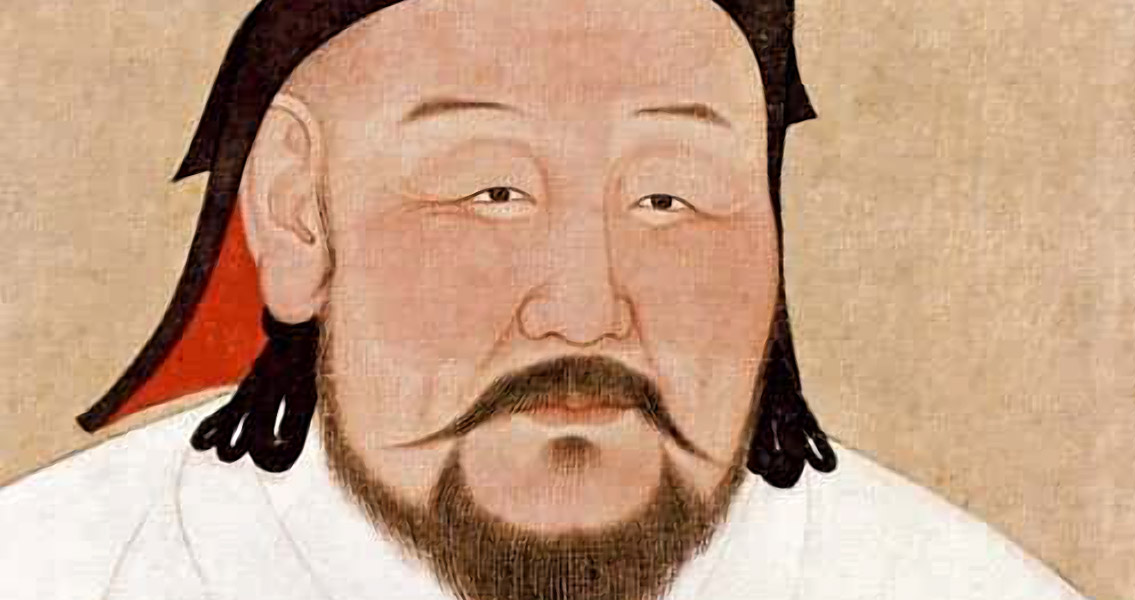‘The greatest palace that ever was’: Chinese archaeologists find evidence of the fabled imperial home of Kublai Khan’s Yuan dynasty
PUBLISHED : Thursday, 09 June, 2016, 11:01am
UPDATED : Friday, 10 June, 2016, 2:56am
Laura Zhou
For centuries the imperial palace of Kublai Khan’s Yuan dynasty was shrouded in mystery.
After the dynasty collapsed, there were no clues as to where it was and it lived on only in legend through writings such as those of 13th century Venetian merchant Marco Polo.
If Polo is to be believed, the walls of “the greatest palace that ever was” were covered with gold and silver and the main hall was so large that it could easily seat 6,000 people for dinner.
Chinese archaeologists solve mystery of Beijing’s Forbidden Palace
“The palace was made of cane supported by 200 silk cords, which could be taken to pieces and transported easily when the emperor moved,” he wrote in his travel journal.
It was a vision of grandeur but the palace disappeared, seemingly without trace.
The Yuan dynasty lasted for a less than a century, spanning the years from 1279 to 1368, and it is widely believed that the capital of the empire was Beijing.
But in the centuries since, one question has dogged historians and archaeologists in China: just where was the dynasty’s palace?
Now experts at the Palace Museum in Beijing believe that they have some answers, clues they stumbled upon during upgrades to the heritage site’s underground power and fire-extinguishing systems.
According to historical records, the Yuan palace in Beijing was abandoned by its last emperor, Toghon Temür, who was overthrown by rebel troops that established the Ming dynasty in the 14th century.
Some experts believe the palace was razed by Ming soldiers who took over the city, while others insist the buildings were removed by Ming workers on the site of what was to become the Forbidden City.
The foundations for the sprawling Forbidden City were laid in 1406 and construction continued for another 14 years. It was the imperial palace for the Ming rulers and then the Qing dynasty until 1912.
The complex has been built up, layer by layer, but researchers sifting through the sands of archaeological time said last month that they had found evidence that at least part of the Yuan palace was beneath the site.
The researchers from the museum’s Institute of Archaeology said the proof was a 3 metre thick rammed earth and rubble foundation buried beneath the layers of Ming and Qing dynasty construction.
The Yuan foundation contains rubble dating to earlier dynasties. Photo: Simon Song
Institute deputy director Wang Guangyao said the foundation unearthed in the central-west part of the palace was in the same style as one uncovered in Zhangjiakou, Hebei province, in the ruins of Zhongdu, one of the four capitals of the Yuan dynasty.
Some of the rubble in the newly discovered Yuan foundation dated back even further to dynasties such as the Liao (907–1125) and the Jin (1115–1234), Wang said.
Wang said a foundation of such size was rare in Yuan buildings and could have been used to support a palatial hall.
More exploration of the dig at the Forbidden City
At the very least, the find proved that the Yuan palace was built on the same site as the Ming palace, though it was still too early to say these two completely overlapped.
At least we now know that the palace was not built somewhere else but hereWANG GUANGYAO, DEPUTY DIRECTOR OF THE PALACE MUSEUM’S INSTITUTE OF ARCHAEOLOGY
“At least we now know that the palace was not built somewhere else but here,” Wang said.
“From a historical perspective, it gives us evidence that the architectural history runs uninterrupted from the Yuan, to the Ming and Qing dynasties.”
The discovery has also revived debate about the Central Axis of Beijing – a 7.8km strip that runs from Yongding Gate to the Drum and Bell towers and included the Forbidden City, the Temple of Heaven and Zhongnanhai, the Communist Party leadership compound.
Many Chinese believe the axis has been the city’s “sacred backbone” since the Ming dynasty but others argue that it goes back further to the mid-13th century.
Wang said it was still too early to conclude whether the Yuan, Ming and Qing were built along the same axis.
The excavation gives direction for future exploration, researchers say. Photo: Simon Song
“As archaeologists, we can only define what we have found,” Wang said. “But it gives us a direction for future exploration.”
Wang said it wasn’t easy to excavate in one of the country’s most important cultural sites and more work was still to be done.
“Even if we think a certain site is important for an archaeological finding, we can’t just dig the ground up because it is not allowed,” Wang said.
“All we can do is to wait and collect as much evidence as we can until sometime later, probably in a generation or two, work is done in those places and we can put all the finds together to see if they are all connected.”
The new discovery would be open to the public soon, Wang said.





 Reply With Quote
Reply With Quote







 I only checked because I was so excited about the news. Pretty cr@p satire if you ask me!
I only checked because I was so excited about the news. Pretty cr@p satire if you ask me! 
